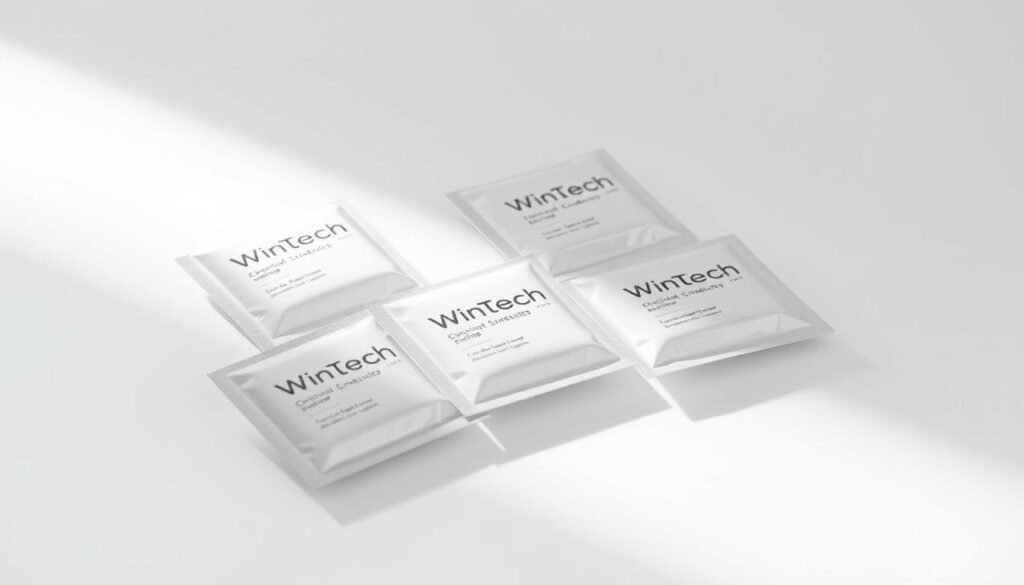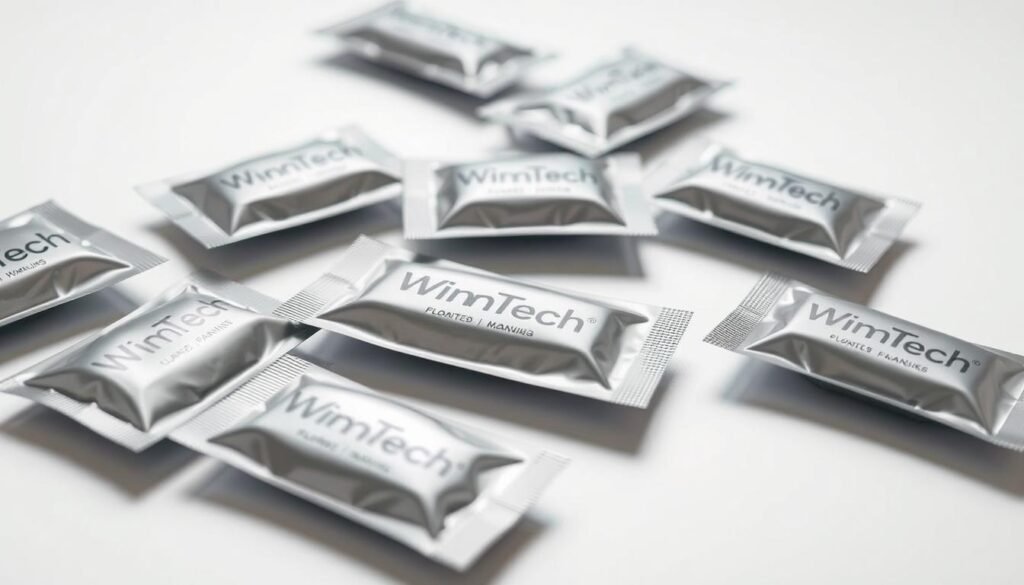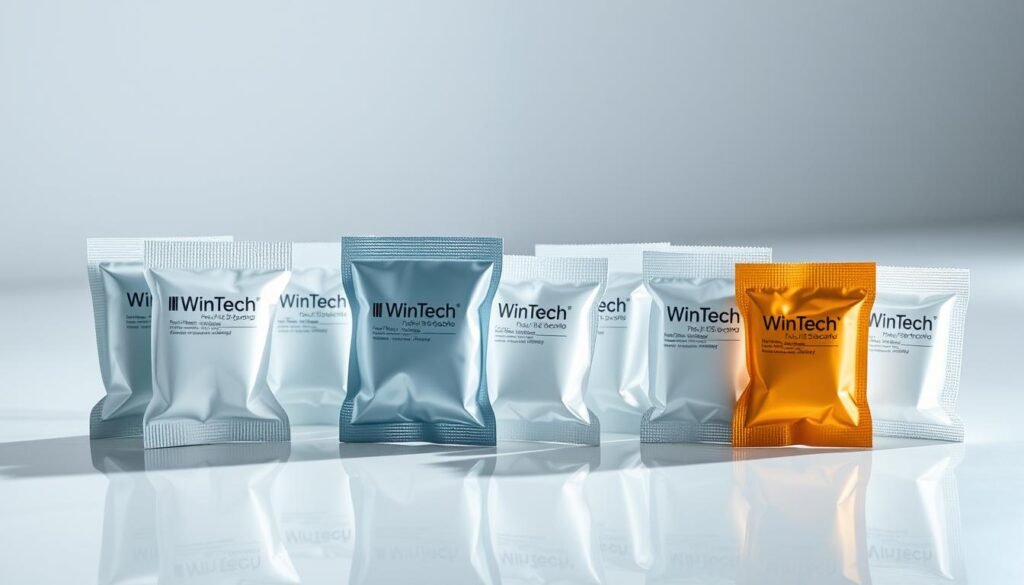Have you ever wondered how clinical researchers ensure precise and unbiased medication distribution across complex global studies? What are sachets transforming the landscape of pharmaceutical research by providing innovative single-use packaging solutions that maintain study integrity?
Clinical trials demand meticulous precision. What are sachets emerge as critical tools in managing small packet of product distributions across international research networks. These specialized containers enable researchers to standardize dosage delivery while protecting the confidentiality of medicinal interventions.
Researchers rely on what are sachets to create uniform, blinded medicinal doses that eliminate potential bias. By implementing single-use packaging strategies, clinical teams can maintain rigorous scientific standards and enhance the reliability of their research outcomes.
Understanding what are sachets represents a breakthrough in pharmaceutical research methodology. These compact, controlled-environment packages ensure each participant receives identical, unidentifiable medication quantities, crucial for maintaining the integrity of comparative studies.
Key Takeaways
- Sachets provide standardized, blinded medication distribution
- Single-use packaging reduces cross-contamination risks
- Global clinical trials benefit from precise dosage control
- Sachets support research transparency and reliability
- Innovative packaging solutions improve study design
Understanding what are sachets in Clinical Trials
Clinical trials demand precise medication management, and sachets have emerged as a critical tool in maintaining research integrity. Unlike tea sachets or condiment sachets, pharmaceutical sachets serve a specialized purpose in medical research, offering unique advantages for researchers and participants.

Sachets vs packets represent a significant innovation in clinical trial methodology. These small, sealed packages provide researchers with unprecedented control over dosage and blinding processes.
Defining Pharmaceutical Sachets
A sachet in clinical research is a single-use, hermetically sealed package designed to contain precise medication doses. Key characteristics include:
- Exact dosage measurement
- Tamper-evident packaging
- Protection from environmental contamination
- Easy individual dose administration
Critical Role in Blinded Medicinal Doses
Blinded studies require meticulous dose management to prevent unintentional researcher or participant bias. Sachets offer several critical advantages:
| Feature | Benefit in Clinical Trials |
|---|---|
| Uniform Appearance | Prevents identification of specific treatments |
| Precise Dosing | Ensures consistent medication delivery |
| Individual Packaging | Reduces cross-contamination risks |
By maintaining research objectivity and participant safety, sachets have revolutionized clinical trial protocols, providing researchers with a reliable method for controlled medicinal administration.
The Role of what are sachets in Packaging
Pharmaceutical packaging has undergone significant transformations, with sachets emerging as a critical innovation in medication delivery. These compact packaging solutions offer unprecedented advantages for drug manufacturers and patients alike.

Sachets have revolutionized how medications are distributed, particularly in clinical settings. Their unique design provides multiple benefits that address key challenges in pharmaceutical packaging.
Benefits of Sachets for Pharmaceuticals
When considering pharmaceutical packaging, sachets deliver exceptional advantages:
- Enhanced drug stability protection
- Precise single-dose measurements
- Reduced contamination risks
- Streamlined patient consumption
Paper sachets are becoming increasingly popular in pharmaceutical applications. Their biodegradable nature supports environmental sustainability while maintaining rigorous medical standards.
How Sachets Improve Dosage Accuracy
Dosage accuracy is paramount in medical treatments. Sachets in skincare and pharmaceutical industries provide:
- Exact medication quantities
- Minimized human error
- Consistent drug distribution
- Simplified patient instructions
“Precision in medication delivery can dramatically improve patient outcomes.” – Dr. Emily Rodriguez, Pharmaceutical Research Institute
By leveraging innovative packaging technologies, sachets represent a sophisticated solution for modern medical needs. Their versatility extends across various sectors, from clinical trials to personal care products.
Types of what are sachets and Their Applications
Sachet packaging has revolutionized medication delivery in clinical research, offering innovative solutions for precise dosing and patient convenience. Your understanding of different sachet types can significantly impact the success of medical studies.

Clinical researchers now leverage multiple sachet packaging strategies to meet diverse study requirements. The right small packet of product can make a critical difference in study outcomes and participant experience.
Single-Use vs. Multi-Use Sachets
Single-use packaging provides unique advantages in clinical trial settings:
- Eliminates cross-contamination risks
- Ensures precise dosage measurements
- Maintains medication integrity
- Supports blinded study protocols
Customization Options for Sachets
Researchers can optimize sachet packaging through several customization approaches:
| Customization Feature | Clinical Trial Benefits |
|---|---|
| Material Selection | Protection against moisture, light sensitivity |
| Size Variations | Accommodates different medication volumes |
| Opaque Packaging | Supports blinding in protein injectable formulations |
“Innovative sachet packaging transforms how we approach clinical trial medication delivery.” – Clinical Research Quarterly
Your choice of sachet packaging can dramatically influence study reliability, participant compliance, and overall research efficiency.
The Future of what are sachets in Medicinal Packaging
Pharmaceutical packaging is rapidly evolving with cutting-edge sachet packaging technologies that promise to revolutionize drug delivery systems. Emerging innovations are transforming how researchers and manufacturers approach medicinal packaging, focusing on sustainability, patient safety, and precise dosage control.
Innovations in Sachet Technology
Smart packaging technologies are now integrating advanced monitoring capabilities into paper sachets. These innovations enable real-time tracking of drug stability, temperature sensitivity, and patient adherence. Researchers can now gather critical data about medication interactions and storage conditions that directly impact pharmaceutical effectiveness.
Regulatory Considerations for Sachets
The FDA and international regulatory bodies are increasingly emphasizing sustainable packaging solutions. Biodegradable sachets represent a significant breakthrough, addressing environmental concerns while maintaining strict pharmaceutical standards. Your clinical trials and drug development processes can benefit from these eco-friendly packaging technologies that reduce waste and support global sustainability initiatives.
As sachet technology continues to advance, you can expect more precise, patient-centric packaging solutions that enhance drug delivery, improve clinical trial logistics, and support environmental responsibility. The future of medicinal packaging is not just about containment, but about creating intelligent, responsive systems that optimize patient care and scientific research.